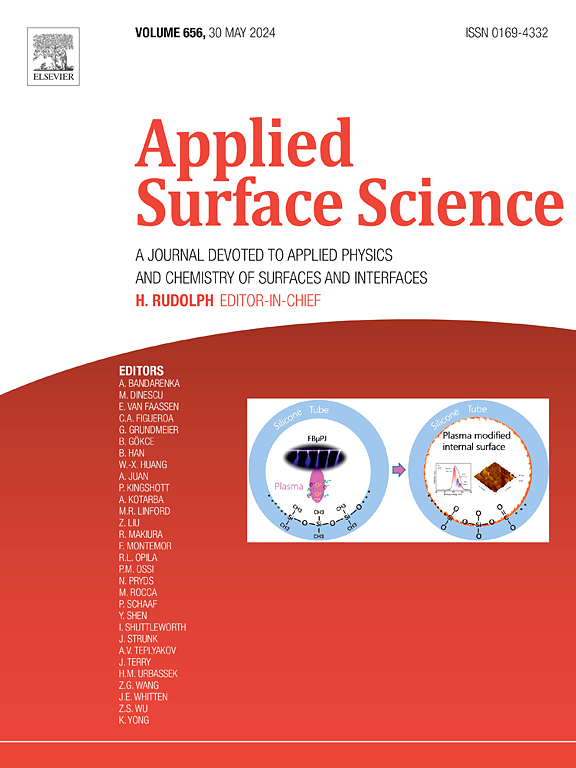模拟联想记忆和神经形态计算的TiO2/Bi4Ti3O12异质结光电突触器件
IF 6.9
2区 材料科学
Q2 CHEMISTRY, PHYSICAL
引用次数: 0
摘要
神经形态计算被认为是突破传统冯诺依曼架构瓶颈的有效途径,其硬件实现备受关注。高性能人工突触作为类脑芯片的核心部件,是实现高效神经形态计算的关键要素。在此基础上,本研究制作了Au/TiO2/BIT/ITO光电突触器件,有效模拟了生物突触的短期/长期可塑性、对脉冲熔合性(PPF)、峰值时间依赖性可塑性(STDP)等功能。在光脉冲的刺激下,成功地实现了非挥发性调制和“学习经验”过程。此外,利用光电组合成功模拟了巴甫洛夫犬条件反射实验。最后,对MNIST和Fashion-MNIST数据集构建卷积神经网络(CNN),识别准确率分别为96.74 %和83.03 %。通过构建储层神经网络来评估忆阻器的可靠性,对MNIST数据集的识别准确率达到92.5 %。本文章由计算机程序翻译,如有差异,请以英文原文为准。


TiO2/Bi4Ti3O12 heterojunction optoelectronic synaptic devices for simulating associative memory and neuromorphic computation
Neuromorphic computing is regarded as an effective way to break through the bottleneck of traditional von Neumann architectures, and its hardware realization has attracted much attention. As the core component of brain-like chips, high-performance artificial synapses are the key elements to realize efficient neuromorphic computing. Based on the above, Au/TiO2/BIT/ITO optoelectronic synaptic devices were fabricated in this study, which effectively simulate the functions of biological synapses, including short-term/long-term plasticity, paired-pulse fusibility (PPF), spike-time-dependent plasticity (STDP), and so on. Undethe stimulation of light pulses, non-volatile modulation and “learning experience” processes are successfully realized. In addition, Pavlov’s dog conditioned reflex experiment is successfully simulated using optoelectronic combination. Finally, a convolutional neural network (CNN) is constructed for the MNIST and Fashion-MNIST datasets with recognition accuracies of 96.74 % and 83.03 %, respectively. Reservoir neural networks are also constructed to evaluate the reliability of the memristor, and the recognition accuracy for the MNIST dataset reaches 92.5 %.
求助全文
通过发布文献求助,成功后即可免费获取论文全文。
去求助
来源期刊

Applied Surface Science
工程技术-材料科学:膜
CiteScore
12.50
自引率
7.50%
发文量
3393
审稿时长
67 days
期刊介绍:
Applied Surface Science covers topics contributing to a better understanding of surfaces, interfaces, nanostructures and their applications. The journal is concerned with scientific research on the atomic and molecular level of material properties determined with specific surface analytical techniques and/or computational methods, as well as the processing of such structures.
 求助内容:
求助内容: 应助结果提醒方式:
应助结果提醒方式:


